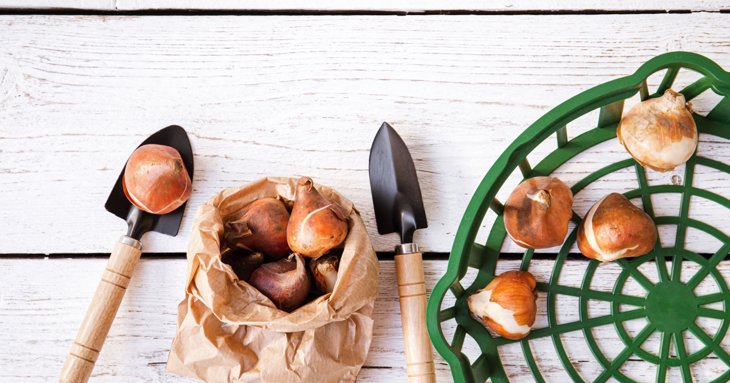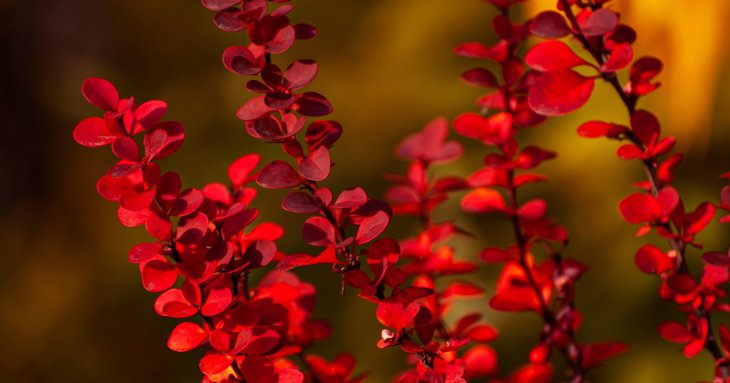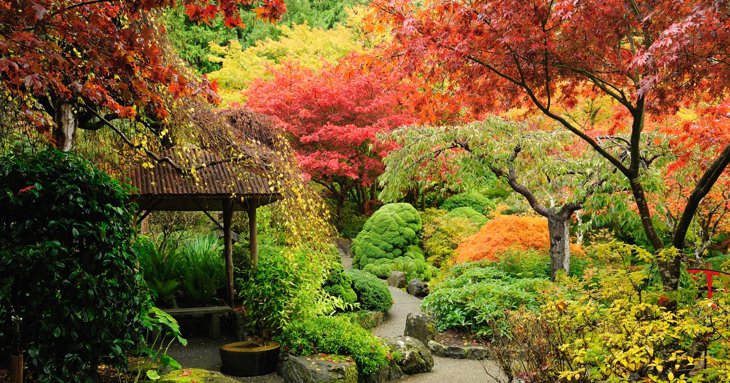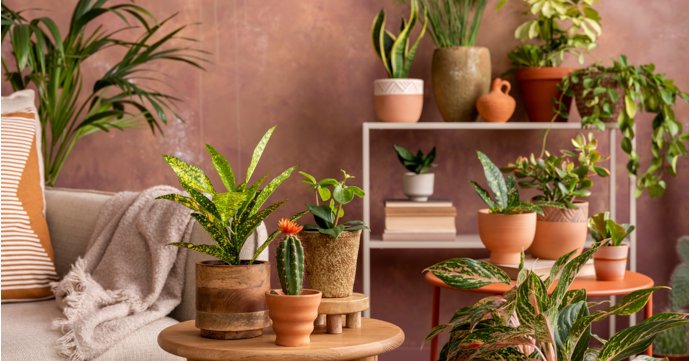With leaves changing from verdant greens to deep red and orange hues, there's a slight chill in the air as autumn creeps in again - and now is a great time to start considering how to repair your garden after a scorching summer and keep it looking healthy and vibrant throughout the cooler months.
A bright garden is particularly important at this time of the year to contrast the dull weather; with that in mind, SoGlos caught up with Glenn Satterthwaite, the managing director of The Fairview Gardener, to gain some insight into how to keep your garden colourful through the autumn - and get it looking healthy again after the heatwave.
What plants do you recommend to give gardens some colour during autumn and winter?
The winter months are more difficult to get colour into your garden, but using the right plants can give colour through the colder months. Obviously evergreen shrubs and conifers can give you good all year round greenery in their many shades of green through yellows to whites. These can be used as structure in the garden, too.
To give some
drama, think about using plants that have colourful stems and trunks, these can
come in the shrubby form of Cornus (dogwood).
Should people be planting bulbs now to be ready for spring?
Autumn is the perfect time of year to plant all of your spring bulbs. Plant them either in pots or in the border of your garden to give a fabulous burst of colour after the winter months. If you choose to plant in pots, a good technique is to use what is called the 'lasagne method', where different sized bulbs flowering at different months can be planted in layers in the pots to extend the flowering time from late winter through to late spring.
Another good use of bulbs is to plant them in the locations of herbaceous perennials. When the perennials have died down in the winter, the bulbs can then emerge in the spring to take their place. When the bulbs are starting to go dormant, then the herbaceous plants will start to grow and cover the dying foliage allowing the energy to go back into the bulbs.

What shrubs and trees should people think about planting this season?
Autumn is the best time of year
to plant all trees and shrubs in the garden. The ground is still warm from the summer heat but the trees are in dormancy. If planting a tree or a shrub in the autumn, use some bone meal or mycorrhizal fungi in the planting hole to help
generate fibrous roots over the winter months. The fibrous roots are the
plants' way to get water from ground, therefore reducing the need to water the
plants in the hotter summer months the following year.
What about winter veg prep?
There is still time to get your autumn sown broad beans in - 'aquadulce’ is a good variety to sow in the autumn. These can be sown in autumn to stop the early summer growth spurt of the spring sown beans. This quick growth occurs only on the spring grown beans, it is very high in sugars and therefore attracts the black fly to the beans which can ruin a crop.
Autumn is a good time to plant Japanese onion sets and garlic for the following seasons cropping, too. Plus, there is still time to get some perpetual spinach sown and growing for cropping through the winter months.

Which plants should be pruned back in autumn?
Autumn is a good time to prune
trees and shrubs to take out any dead, diseased and damaged wood, or to just get
it into shape for the following season. There is enough time for the plant to
heal over before the worst of the winter weather getting into the wounds.
For those trying to be more money-savvy but still make sure their garden looks great, what are some plants that last all year round?
If you are trying to achieve year round garden displays, then the best and most cost effective way is to use a mixture of shrubs and perennials. These - if planted well - will keep on giving you a display of colour at different times of year, but more importantly, will either stay a structure in the garden all year round in the shrub, or will come back the following year after a period of dormancy in the herbaceous.

After such a hot summer, some people might want to know what they can do to repair their garden – what's your advice?
After such a hot
summer, gardens need some water retention. This can be done by
adding organic matter to the garden to help the structure of the soil for the
following year; well rotted farm manure can also be used. In the shrubbery borders, a layer of bark chip can not only help reduce weeds but
also add water retention, warmth for the winter and nutrients from the bark
when it starts to rot down.
How can readers get their garden ready for another heatwave next year?
This is a real problem in the garden after such a hot summer. The old adage ‘right plant, right place’ couldn’t be more important. If the extreme weather we experienced throughout the world this year is likely to reoccur in the future in Gloucestershire, then we as gardeners have a duty to ensure our gardens are planted with the appropriate plants for their locations. Drought tolerant plants are the perfect way of ensuring our gardens are well equipped to tolerate the extreme heats of summer.
A number of indicators help in identifying dry loving plants. They include modified leaves in the form of smaller leaves, this helps the plant not to lose to much water through transpiration. Silver leaves and hairy leaves are another indicator of plants adapted for drought conditions. The woody Mediterranean herbs, such as rosemary, thyme, sage and lavender, are good plants to use for dry gardens.
If the garden can't be changed to drought tolerant plants, then it might be worth considering some form of irrigation system. These can come in the form of seep hoses and micro drip systems. They can be fitted onto mains taps or alternatively, some could be adapted to fit onto water buts to reduce water usage. A simple computer system can also be installed to set the time for watering at appropriate times of the day.





















